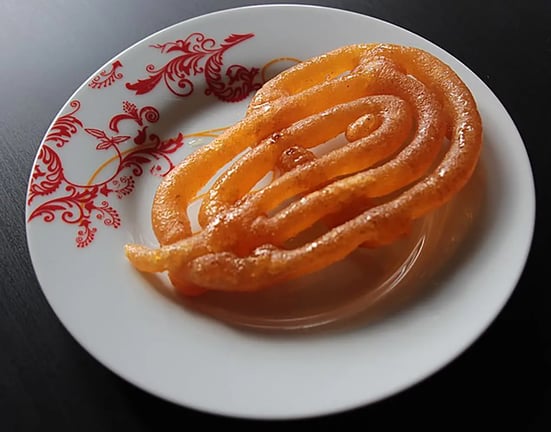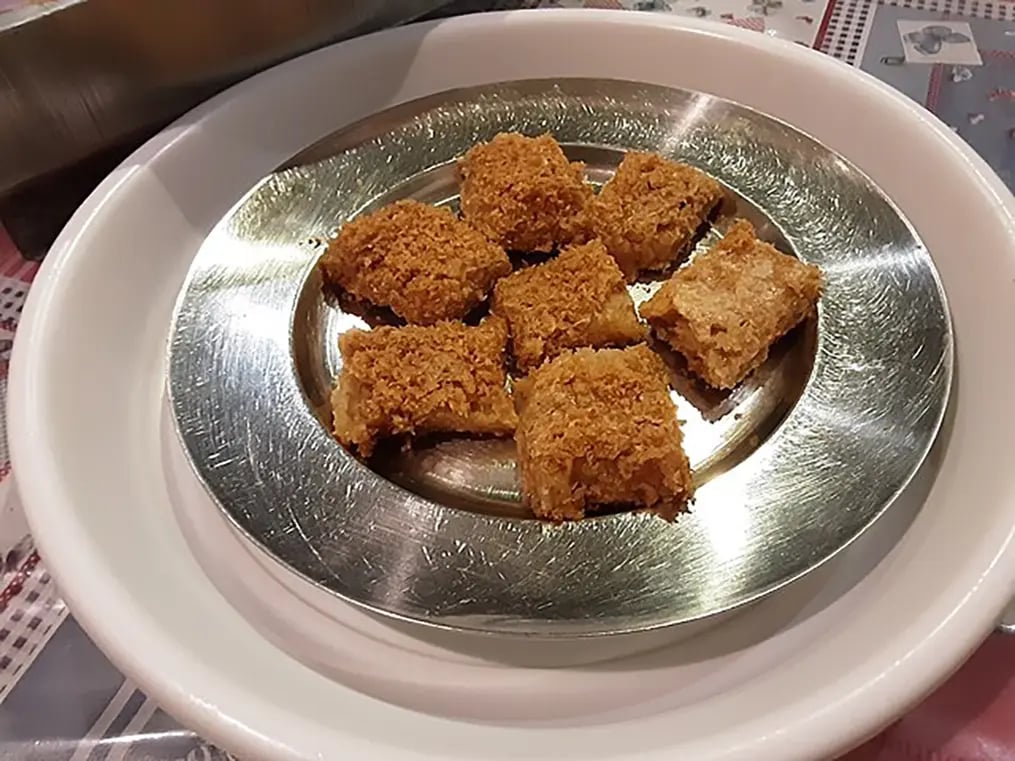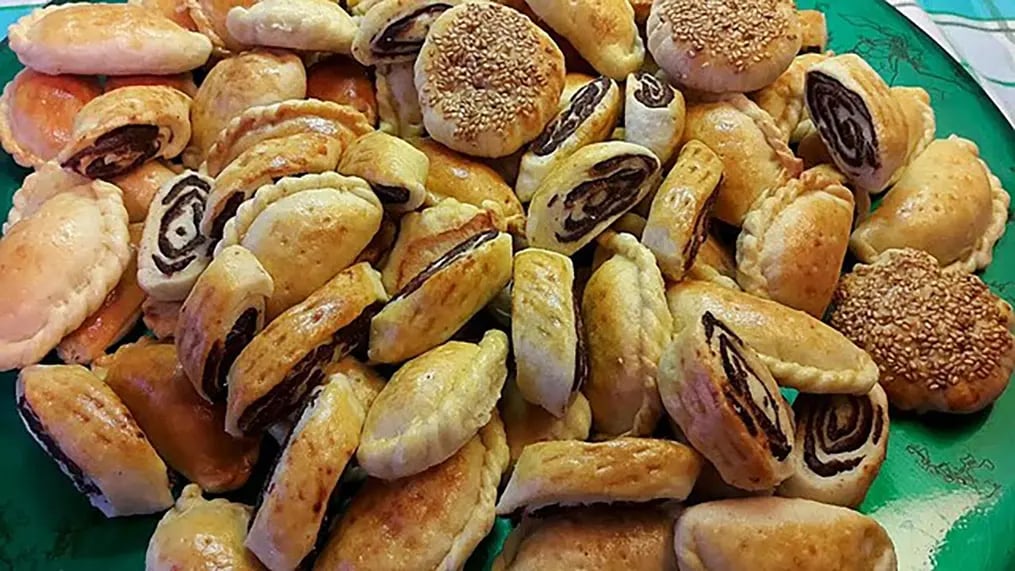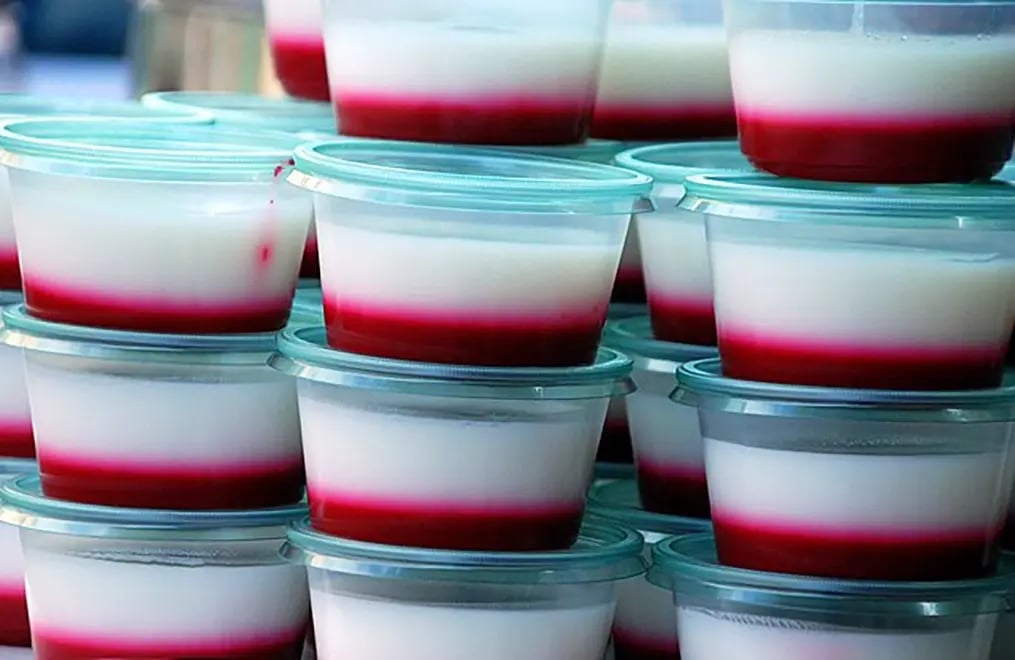Iraq has a rich collection of desserts that have the most delish dessert recipes, which have several centuries of migration attached to them. Mark them for your next trip to this country.

The best way to have a taste of Iraq’s desserts and special sweets is to take a walk down its local markets where the aroma of street food wafts in the air. Most of the Iraqi desserts are sold in small shops or by street food sellers. And some you'll find in their local restaurants and coffee shops. Find a local and ask him to take you around their city for the best spots to satisfy your sweet tooth, here are some of them to get you started.
1. Daheen

Forget looking up the best fudge brownie recipe and instead try Daheen, which is Iraq’s version of the popular fudge, but it's actually halwa, it might taste exactly the same as the American version, so it’s a hit and a miss with this one. It is also called dihniyya and dihina, a name derived from clarified butter (dihin hurr) traditionally used in making it. Nobody makes it at home and the local Iraqi markets are where you'll find them, the aroma of local ghee will draw you in. If you have a chance to visit the Imam Ali Shrine in South Baghdad, you'll find sweetmeat shops selling this far, and it's called halawa Najafiyya there.
2. Zalabia
Zalabi to Iraq is what Jalebi is to Indians, they are yeasted funnel-shaped confections deep fried and then drenched in sugar syrup. For Iraq, Zalabia is a symbolic with the Jewish Hannukah and differs a little from the other versions of it in other countries. The Spanish Jews took Zalabia, post Inquisition and made the sweet popular across the Middle East. The earliest documented recipes for zalabia dates back to a 10th-century Arabic cookbook. The recipe shows that Zalabia was originally made by pouring the batter through a coconut shell. As the Jews settles in other parts of the world including India, they adapted the recipe to local ingredients and taste. The Indian Jalebi uses haldi and ghee as a result and the Syrian one uses orange blossom water in the sugar syrup as a result.
3. Kleicha

Iraq also has their own version of holiday cookies and it's the Kleicha which are prepared for local festivities like Eid, weddings and birthdays. Turns out this cookie, made with yeasty dough, also has a rich history that can be traced back to the ancient Mesopotamian civilization. The locals back then would celebrate New Year with this cookie and honour the deity Ishtar, the fertility goddess. It might interest you to know this cookie along with its ancestor called qullupu, ushered in spring and were said to resemble the full moon. These were what paved the way for the prominent monotheistic religions of today. The dough of the cookie is filled with dates, walnuts, cardamom, nigella seeds, and sesame seeds. The dough is rolled into a log and then cut into pieces to reveal a spiral design to resemble the moon.
4. Zerde
Another dessert with Mesopotamian roots (modern day Iraq), this dessert is said to originate in ancient Persia (modern day Iran) which is also popular in some parts of Turkey. It's a rice pudding which uses a lot of saffron that dyes the dessert a beautiful shade of yellowish orange. It's eaten during the month of Muharram, then the first Sunday of the month of Sha'aban celebrating the birth of the prophet Zakariyy. Apart from the religious occasions you'll find these at local celebrations like birthdays and weddings.
5. Muhallebi

A sweet milk pudding that resembles the French blancmange and also the Italian panna cotta, Muhallebi is a middle eastern dessert said to have been first published as a recipe by Sayyar al-Warraq of Baghdad (Iraq) and is quite popular in Iraq. But, it is said to have been first created in Persia by a Persian cook for an Arab general – Al-Muhallab ibn Abi Sufra, who named it after himself. Since it doesn't have flavour, it readily absorbs anything added to it, be it vanilla essence, orange blossom water or rose water. Or, through its toppings like nuts and edible flowers. This quivery pudding is a delight to sink your spoon into. You will find them in abundance during the holy month of Ramadan.
6. Mannasama
Mann al-Sama or Mannasama translates to “manna from heaven” (mana meaning a delicate, flaky thing like the smattering of the first frost of the season that comes with the dew at night, akin to the food if Gods) which are Iraqi taffy or candy. It is known as Gazo in the northern parts of the country. This dessert has deep religious ties that extends beyond the borders of Iraq and straddles separate religions as well. This sweet is this a symbol of unity with its melt in your mouth quality that feels like biting into a piece of cloud.
More Like This
Popular Articles




Trending Web Stories
Curated Recipes

















